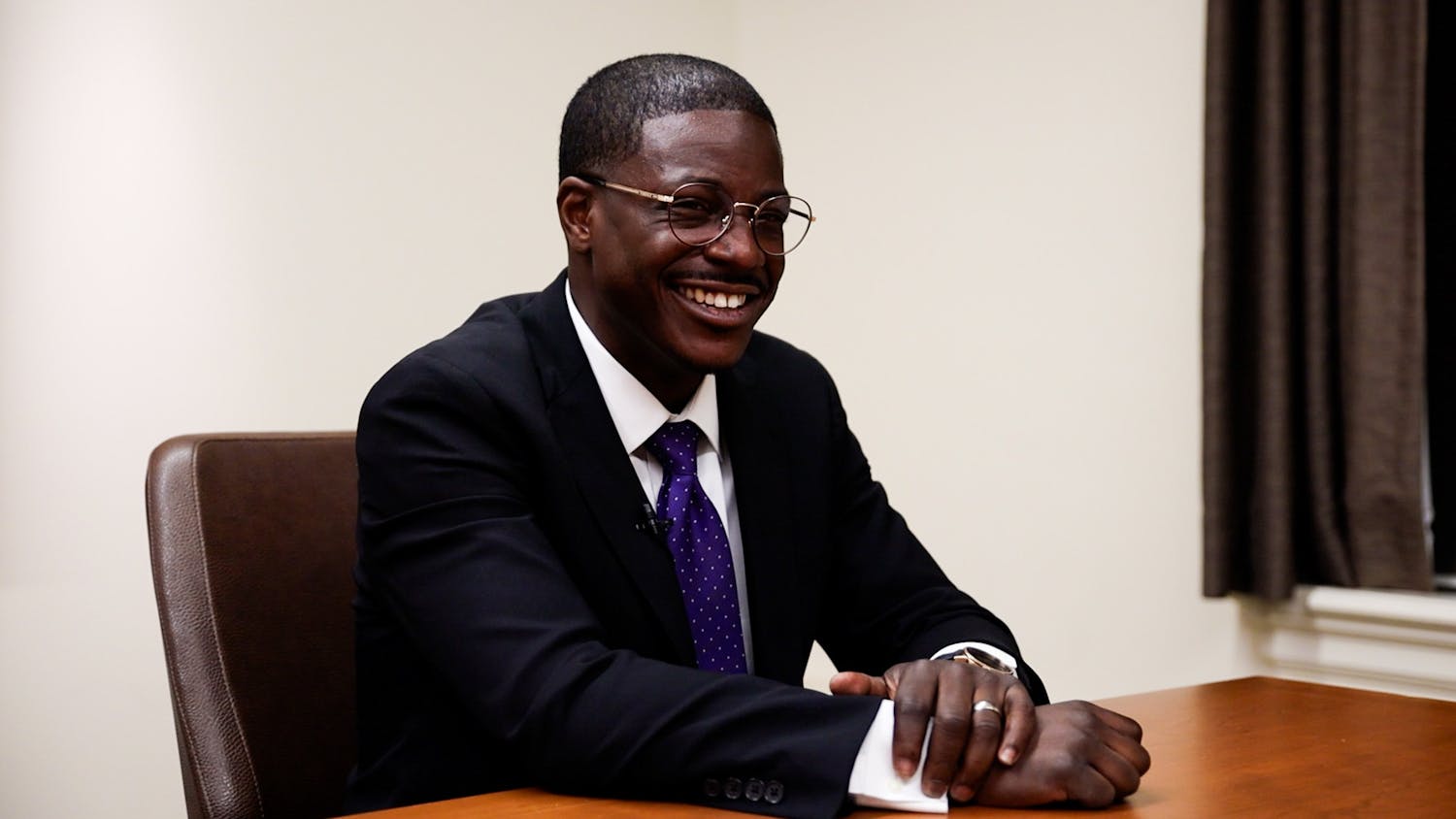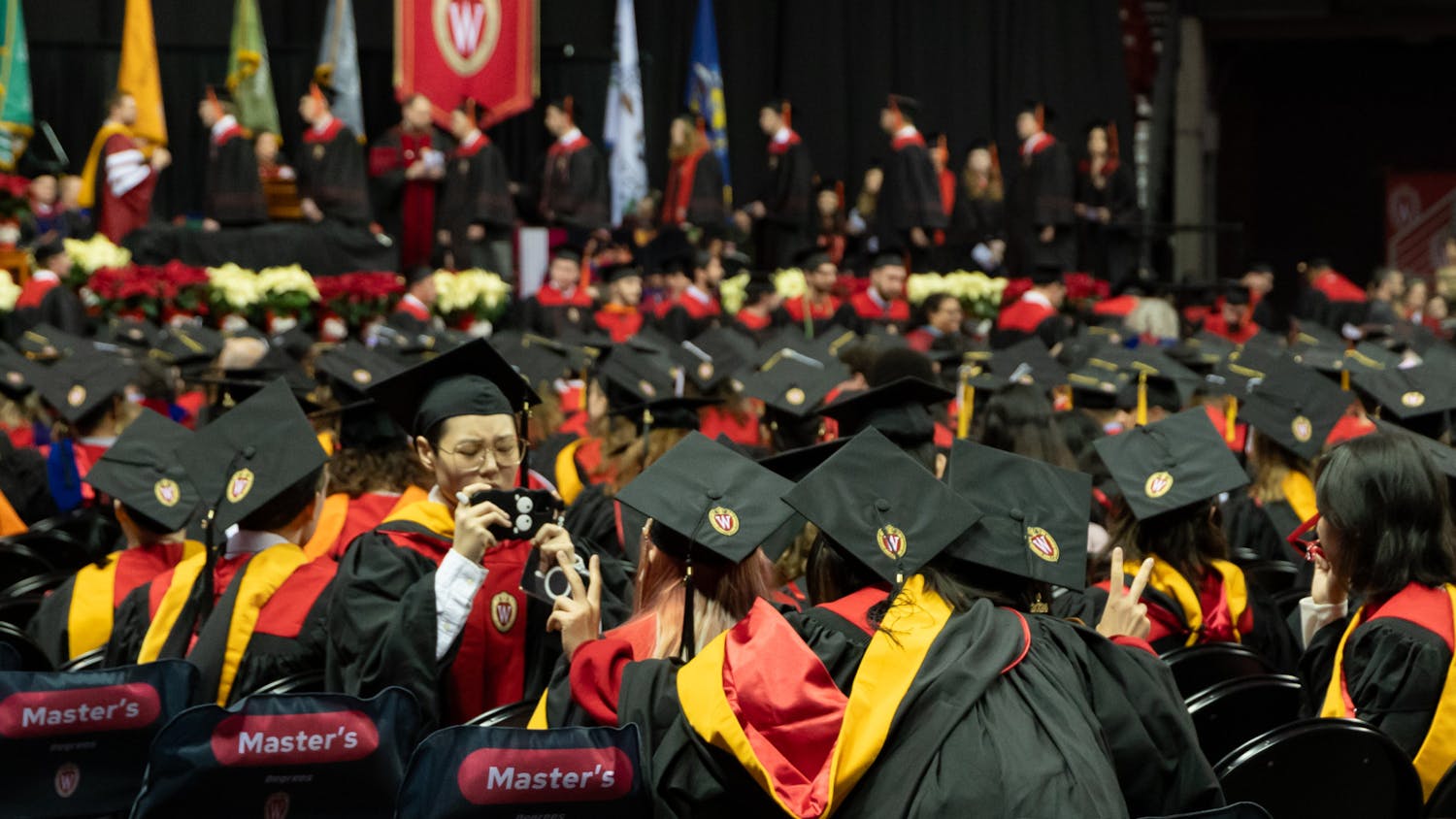The UW System's overall grade of B+"" from the 2008 College Sustainability Report Card reflects the university's improvements in food and recycling, transportation and endowment transparency. The UW System, however, did not show any improvement in the fields of green building and energy efficiency, where sustainability can make a significant ecological difference for UW-Madison.
We Conserve reports heating, cooling and ventilation account for 72 percent of UW-Madison's energy consumption. UW-Madison needs to improve its efforts to reduce energy consumption and provide ecologically friendly elements in its new and existing buildings to achieve excellence in sustainability.
The new Grainger addition is the first building on campus to attempt to receive certification from the United States Green Building Council's Leadership in Energy and Environmental Design, an internationally recognized standard of sustainability. Just how sustainable Grainger will be depends on the costs associated with installing efficient building systems, according to UW-Madison senior business lecturer Thomas Eggert.
The university should view any cost of implementing sustainable design as an investment toward lowering energy costs instead of a prohibitive factor in construction. The university recently spent more than $200 million on the new Smith and Ogg halls as well as the new Microbial Science Building, yet none attempted to achieve LEED certification.
The University of Washington, which received an ""A-,"" has a policy mandating all state funded new buildings and renovations be at least LEED Silver-certified, one rating above standard certification, which is the likely destination for Grainger. The Seattle campus' electrical purchases are 100 percent renewable, which means they pay extra to account for the extra costs of renewable energy generation. The university reinvests the money it saves through energy conservation towards sustainability projects.
Eggert best explained the stance the university should take towards sustainability in existing buildings when he said, ""You should be able to take any building, look at it closely, find out where its strengths and weaknesses are and address its weaknesses to bring it up to LEED standards."" When it comes to sustainability, costs are only temporary, and the university should increase its efforts to improve the existing buildings on campus as well as mandate that all new construction is up to LEED certification standards.





